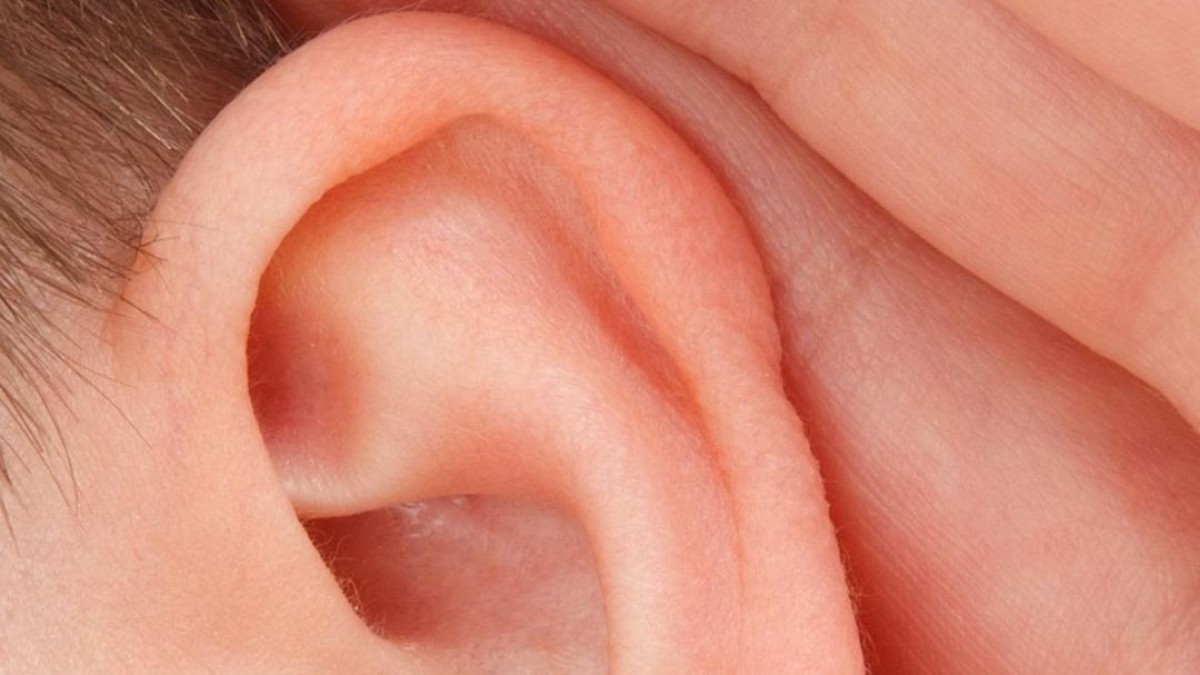Intrauterine Universe, Part 4

A Sonic Birth: Tomatis’ Breakthrough with a Schizophrenic Child
Can the sound of a mother’s voice heal deep emotional wounds? Alfred Tomatis’ pioneering experiment with a schizophrenic child reveals the power of intrauterine sound to unlock connection and language. In this series, we explore how these early auditory experiences shape our psyche and speech. Join us as we witness a sonic rebirth, one transformative moment at a time.
A Pivotal Encounter
After months of research, a defining moment arrived for Alfred Tomatis, one that would shape his understanding of intrauterine life. A colleague, Dr. B.T., introduced Tomatis to Dr. F.D., a renowned child psychoanalyst, who brought a 14-year-old boy to his office. The child, round and baby-like, was nonverbal, highly agitated, and emotionally distant from his mother, who struggled to calm him. His vacant, almost delirious demeanor was initially unsettling for Tomatis, though he later became accustomed to such cases through frequent encounters.
Dr. F.D. revealed that the boy was diagnosed with schizophrenia, a condition Tomatis was unfamiliar with at the time. She explained that, according to emerging psychoanalytic theories, such children were thought to have not “mentally birthed”—a concept that resonated deeply with Tomatis’ hypotheses about the intrauterine voice of the mother. Intrigued, he proposed an experiment: to use the filtered voice of the boy’s mother to recreate the intrauterine auditory experience, hoping to bridge the emotional gap between the child and his world.
Preparing the Sonic Experiment
With Dr. F.D.’s approval, Tomatis prepared for the experiment. He recorded the mother’s voice and filtered it through layers of water, replicating the intrauterine sound environment as he had done in previous tests. Opting for a water-based setup over electronic filters to better mimic uterine conditions, he fine-tuned the recording to ensure authenticity. This preparation took several days, but Tomatis felt confident, supported by the psychoanalytic expertise of his colleagues and his own technical proficiency with the equipment.
The experiment took place in Tomatis’ laboratory, a small, soundproof room filled with electronic instruments—recorders, analyzers, and filters—typically kept dark for photographing phenomena on cathode ray tubes. On this day, the room was lit, with the mother seated to Tomatis’ left, Dr. F.D. and Dr. B.T. standing nearby, and the boy, more agitated than ever, scribbling on a wooden panel with colored chalk, his anxiety heightened by the unfamiliar setting.
The First Sonic Injection
The experiment began as Tomatis played the filtered voice of the mother, directing the sound toward the boy. Within seconds, a remarkable change occurred. The child, who had been frantically scribbling and ignoring everyone, stopped and turned to face the room. He rushed to the light switch, plunging the space into darkness, illuminated only by the faint glow of the equipment’s indicator lights. With uncanny precision, he navigated the room, sat on his mother’s lap, wrapped her arms around his belly, curled into a fetal position, and began sucking his thumb.
For fifteen minutes—an eternity to those watching—the boy remained in this state of semi-tranquility, astonishing Tomatis and his colleagues. When the recording ended, the child stood, turned on the lights, and walked out, followed by his mother. For the first time in a decade, he had willingly approached her, a profound shift that left the team in awe of the power of sound to reconnect.
The Sonic Birth
Encouraged by this breakthrough, Tomatis proposed a second session the following week, this time aiming to facilitate a “sonic birth.” He believed that by transitioning the sound from intrauterine frequencies (filtered through water) to aerial frequencies, he could simulate the auditory experience of birth, helping the child mentally emerge from his intrauterine state. The mother reported that, in the days following the first session, her son had shown signs of wanting to connect with her—a behavior he had never exhibited before.
During the second session, the boy repeated his actions from the first: turning off the lights, sitting on his mother’s lap, curling into a fetal position, and sucking his thumb. As Tomatis initiated the sonic birth, shifting the frequencies, the child began to babble, producing a stream of sounds as if delivering a speech. This was a monumental moment—the first vocalization from a boy who had been silent for years. As the session concluded, he stood, turned on the lights, and buttoned his mother’s coat, a gesture Dr. F.D. interpreted as a sign that he had finally “birthed” into the world.
Reflections and New Horizons
The experiment left Tomatis in wonder at the rapid, almost miraculous transformation. However, the boy’s newfound connection was not without challenges; in the days that followed, he exhibited self-destructive behavior, suggesting the sonic birth may have been too abrupt. Despite this, the experience opened a significant path for Tomatis, particularly in understanding conditions like schizophrenia and autism. He began to see the genesis of language as deeply tied to early auditory experiences, a theme he would explore further in his work.
For those eager to dive deeper, Tomatis’ book De la communication intra-utérine au langage humain offers a wealth of insight (available here).
Categories: : Alfred Tomatis, Books, Personal Contribution
 Olivier De Wulf
Olivier De Wulf 